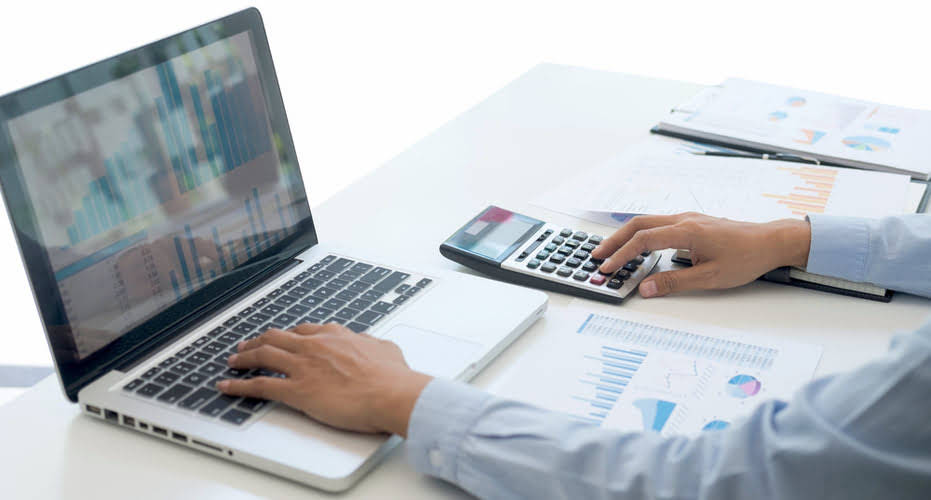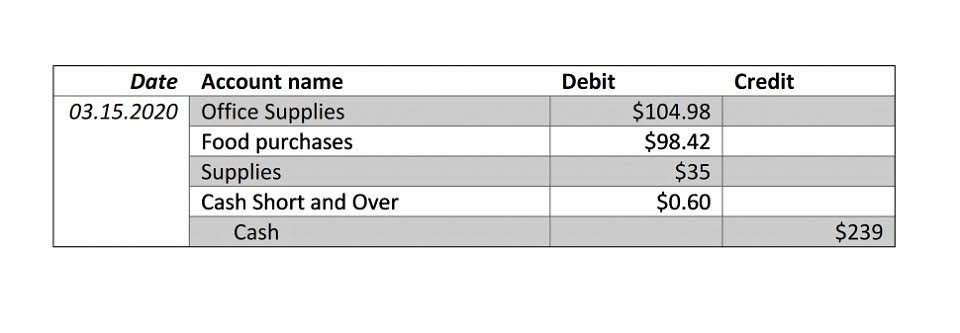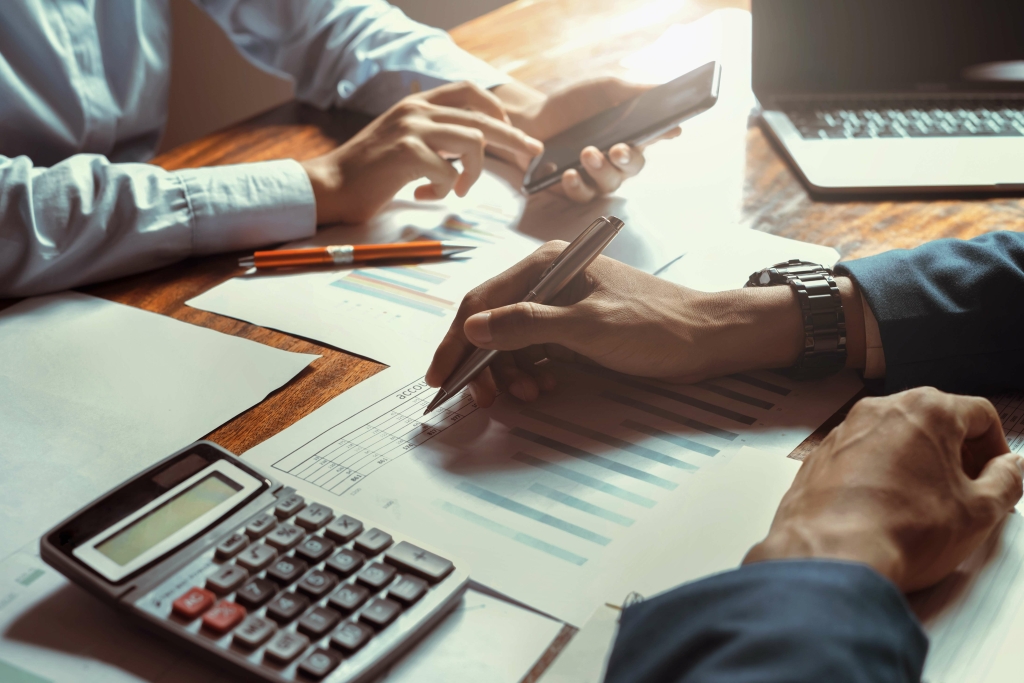
This method records the same amount of amortization each year over the asset’s useful life. Amortization might not use contra assets, whereas depreciation entries always post to Accumulated Depreciation, a contra account to reduce the carrying value of capital assets. It is essential to choose the method that best reflects an asset’s usage pattern and benefits over its useful life.
Additional Resources
The methods for depreciation are also meant for amortization if the latter is evaluated for loans and advances. In that case, the above methods of amortization schedule of loans are used. One of the key benefits of amortization is that as long as the asset is in use, it can be deducted from a client’s tax burden in the current tax year. And, should a client expect their income to be higher in future years, they can use amortization to reduce taxes in those years when they hit a higher tax bracket.
How Do I Know Whether to Amortize or Depreciate an Asset?

There are alternative methods amortization vs depreciation that can be used to distribute the asset’s cost differently, which will be discussed later on. To spread capitalized expenditure and preliminary expenditure of the asset over the useful life of the asset. Billie Anne Grigg has been a bookkeeper since before the turn of the century (this one, despite what her knees seem to think). She is a Mastery Level Certified Profit First Professional and the Lead Technical Guide (coach) for the Profit First Professionals organization. She also frequently contributes to various small business and accounting industry publications.
Similarities Between Amortization and Depreciation

The idea behind these two is to instead of expensing these expenses, spread out the expense over their useful life. The difference between the two is that depreciation is when you have physical assets such as a car, property, building, machinery, or any tangible asset. Amortization, however, is when you have non-physical assets, something less tangible like licenses, copyright, agreements, and software. If you have intangible assets, you would simply amortize it instead of depreciate it. What is bookkeeping The assets which we can see and touch can depreciate; like machinery and building among others. Depreciation takes into account the wear and tear of the tangible assets.

- Firms like these often trade at high price-to-earnings ratios, price-earnings-growth (PEG) ratios, and dividend-adjusted PEG ratios, even though they are not overvalued.
- On the balance sheet, the carrying value of the long-term fixed asset (PP&E), or book value, is reduced by the depreciation expense, reflecting the gradual “wear and tear” of the long-term assets.
- Some fixed assets can be depreciated at an accelerated rate, meaning a larger portion of the asset’s value is expensed in the early years of the assets’ lifecycle.
- Under the straight-line method, the annual amortization expense is $10,000, reducing the book value of the patent during this time, thereby capturing its reduced economic benefit.
- Each year, the truck will continue to lose its value as it is used and miles accrue.
- This brings your net profit down to $95,000, which is not that significant of a difference.
- This article describes the main difference between depreciation and amortization.
The workspace is connected and allows users to assign and track tasks for each close task category for input, review, and approval with the stakeholders. It allows users to extract and ingest data automatically, and use formulas on the data to process and transform it. It involves determining the cost of acquiring or producing the asset, including related costs necessary to get the asset ready for use.

Financial Reporting
On your tax return, they deduct $50,000 in depreciation from your $100,000 net profit, giving you a taxable profit of $50,000. The US tax code allows many assets to be fully depreciated in the same year that they are purchased. There can be a tax advantage to this, but it might create a difference between the financial reports you use to run your business (and your tax return).
- These assets record a gradual decrease in their value over their useful life over multiple years.
- An example of the necessity of recording depletion for natural resources can be seen when a forest is clear cut and not replanted.
- Because majority of the assets do not last forever, the cost is spread over that asset’s useful life in order to match the timing of the cost with its expected revenue generation.
- Upon completion, earn a recognized certificate to enhance your career prospects in finance and investment.
- The other is called “income forecast” amortization and is used exclusively for motion pictures, videotapes, sound recordings, copyrights, books, or patents.
Can bonus depreciation create a loss?
It allocates an equal amount of depreciation expense each year over the asset’s useful life. A) Straight Line Value Method – In this method, the depreciation is always charged on the original cost of the tangible asset. Thus, the amount of depreciation charged remains constant each year irrespective of asset usage. Hence, it is also called the fixed installment method of charging depreciation. Amortization is almost always calculated using the straight-line method because a business cannot prove how its use of an intangible asset will increase or decrease from year to year.
Understanding the proportional amortization method
The Merck Manual is one of the most trusted medical reference books worldwide. Whether you are a student, researcher, or healthcare writer, knowing how to cite Merck Manual ensures your work is accurate and credible. Companies often have leeway to accelerate or defer some amortization to optimize their tax liability. Working Note – The difference of 20,000 will be treated as Goodwill of the business and written off annually for the next 10 years. Let us understand the journal entry to amortize goodwill with an example. Let us understand the journal entry to amortize a Mental Health Billing patent with an example.

Treatment in the Financial Statements
- When calculating the straight-line method, the estimated useful life, residual value, and historical cost are closely related.
- Accruing tax liabilities in accounting involves recognizing and recording taxes that a company owes but has not yet paid.
- After learning about amortization and depreciation, read about the difference between gross profit and net profit and how it affects your business’s bottom line.
- Depreciation is vital for preparing accurate final accounts and is tested in commerce exams.
- The accumulated depreciation in the provision account shall be transferred to the asset account at the time of its sale or disposal.
- Under this method, an equal amount of depreciation is recorded each year over the asset’s useful life.
For example, an asset costing $21,000 with a $1,000 salvage value and a useful life of ten years would depreciate at $2,000 per year under the straight-line method. Here, the business expenses the same percentage of the asset’s value each year. Because the percentage is applied to a constantly shrinking number, the dollar value of the expense becomes smaller with each passing year. The amortization formula is a simple calculation of dividing the cost of the asset by its useful life in years. To visualize the straight-line depreciation method, consider the following example.
